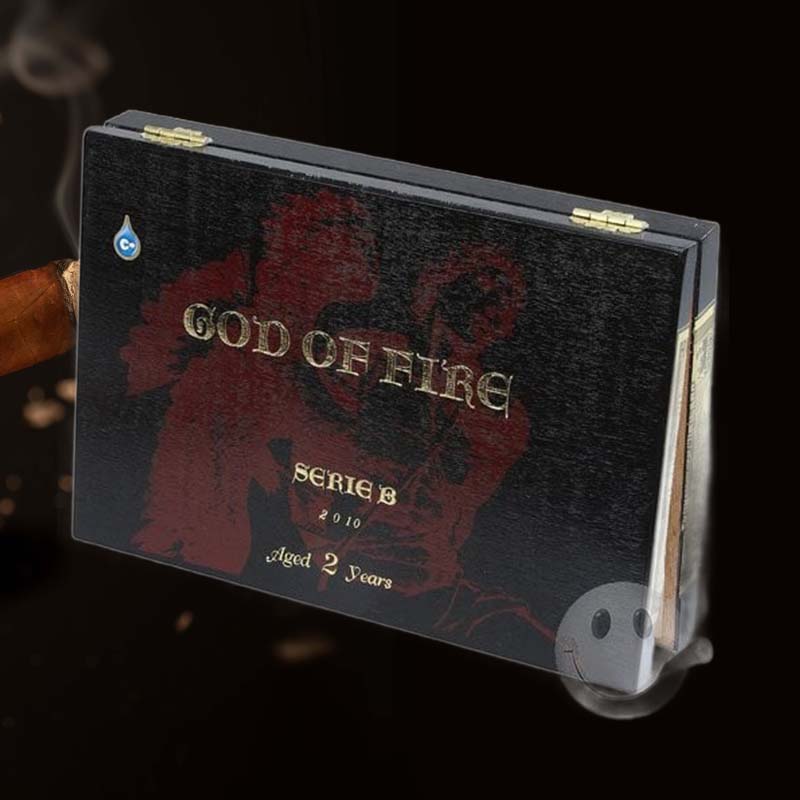How to fill up torch lighter
How to Fill Up a Torch Lighter
There’s something incredibly satisfying about a well-functioning torch lighter. Whether I’m lighting up a fine cigar or igniting a campfire, having my lighter in perfect working order creates the right ambiance every time. I remember the first time I had to refill my torch lighter; the anxiety mixed with slight excitement made it feel like a rite of passage. Today, I’ll guide you through the process of filling up your torch lighter, so you can enjoy its functionality without hesitation!
Preparing to Refill Your Lighter
Before you jump into the refilling process, it’s essential to prepare both your lighter and your workspace. Preparation eases the entire experience and ensures everything runs smoothly.
Tools You Need to Refill Your Butane Lighter
To refill your torch lighter efficiently, gather the following essential tools:
- High-quality butane fuel
- Small screwdriver (if needed for adjustment)
- Clean cloth or paper towel
- Safety gloves (optional for extra protection)
Essential Equipment for Refill
The cornerstone of a successful refill is the proper butane. I often recommend looking for branded butane designed specifically for lighters, as it offers more reliability and purity. When I pick butane, I ensure it’s free from impurities that can clog my lighter, ensuring smooth operation.
Safety Considerations When Refilling
Safety should always be a priority when working with flammable materials. Here are some key considerations I follow:
Common Safety Precautions
- Work in a well-ventilated area to disperse any gas from the lighter.
- Keep away from open flames or sparks during the refilling process.
- Use safety gloves to protect yourself from any potential ignition or burns.
- Store butane properly and away from direct sunlight.
Refilling a Torch Lighter in 7 Simple Steps
Refilling your torch lighter is easier than one might think. Here’s a step-by-step guide I personally follow:
Step 1: Prepare Your Work Area
I always start by cleaning my workspace. A flat, dry surface makes it easier to manage any spills and keeps everything organized.
Step 2: Allow the Lighter to Cool
Make sure your lighter is cool to the touch before starting the refill. I usually wait at least 15-30 minutes if I’ve used it recently.
Step 3: Adjust the Flame Setting
Use a screwdriver to turn down the flame setting to its lowest point. This helps in preventing any accidental ignitions while I am refilling.
Step 4: Purge Existing Fuel
Purge the remaining butane from the lighter. I do this by pressing the refill valve (usually located at the bottom) with a small tool until I can hear no more gas escaping.
Step 5: Fill with Butane
Invert the lighter and insert the butane nozzle into the refill valve. I press firmly and fill for about 5-10 seconds. The hissing sound indicates the lighter is filling up.
Step 6: Rest Before Ignition
After filling, it’s crucial to let the lighter sit for a few minutes. This allows the gas to stabilize, ensuring a cleaner burn when I finally ignite it.
Step 7: Test the Flame Adjustability
Finally, I adjust the flame setting back to my desired level. When lighting, I carry out a test to make sure the flame is functioning well!
How to Bleed Your Lighter for Proper Refilling
Sometimes, my lighter may not work properly after refilling. This is often due to residual gas. Here are steps to effectively bleed your lighter:
Steps to Effectively Bleed Your Lighter
- Ensure the lighter is turned off and has cooled down.
- Using a small tool, press down on the purge valve to release any remaining gas.
- Repeat until you no longer hear any hissing sound.
Tips for Maintaining Your Torch Lighter
To keep my torch lighter in great shape, I embrace a few regular maintenance practices:
Regular Maintenance Practices
- Clean the exterior regularly with a soft cloth to remove dirt.
- Check for leaks or damages periodically.
- Use high-quality butane to avoid residue buildup.
Butane Troubleshooting Tips
If I ever run into issues with my butane lighter, I follow these troubleshooting tips:
Common Issues and Fixes
- Flame not igniting: Check if it’s filled or if the igniter needs adjustment.
- Flame is too low or high: Adjust the flame setting accordingly.
- Weak flame: Bleed the lighter to remove old gas.
How to Test Your Refilled Torch Lighter
After refilling, it’s time to check that everything is working as it should!
Steps for Ensuring Proper Functionality
- Turn the flame setting to a medium intensity.
- Click the igniter to produce a flame.
- Observe the consistency of the flame while adjusting as necessary.
Choosing the Right Butane for Your Torch Lighter
Not all butane is created equal. The right choice matters to ensure my lighter performs at its best!
What to Look for in Butane Quality
- Purity – Look for 5x refined butane to prevent clogging.
- Brand reputation – Opt for well-known brands to guarantee quality.
Frequently Asked Questions About Torch Lighters
Have lingering doubts? I’ve found that many people have common queries related to torch lighters, and here are quick answers to some popular ones.
Common Queries and Misunderstandings
How do I refill my torch lighter? It’s about purging old gas, filling it with quality butane, and ensuring it’s well-adjusted. What kind of fluid goes in a torch lighter? Always use butane, as it is designed for torch lighters. How do I refill my candle lighter? The process is similar, but check for specific fill valve locations. How to burp a torch lighter? Just press the refill valve to release excess gas before filling.
Conclusion on Refilling Your Torch Lighter
In conclusion, knowing how to fill up a torch lighter empowers you to maintain your lighter efficiently and safely. Every time I refill mine, I feel a sense of satisfaction, knowing that I’m well-prepared for my next adventure!
Final Tips for Successful Refilling
- Always choose high-quality butane for the best results.
- Keep your workspace organized and distraction-free.
- Regular maintenance checks prolong the life of your lighter.












